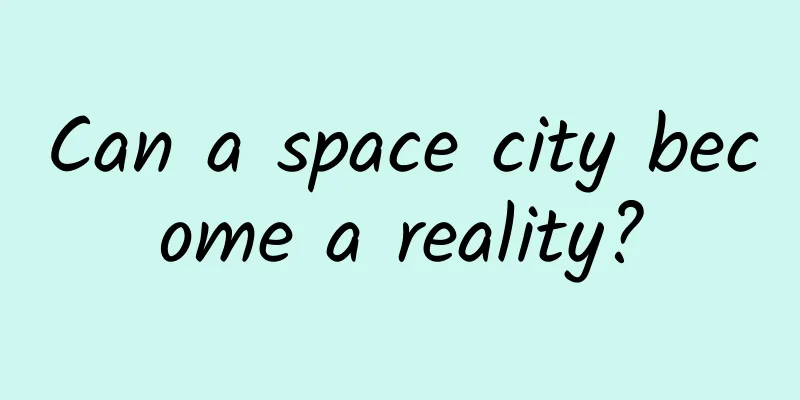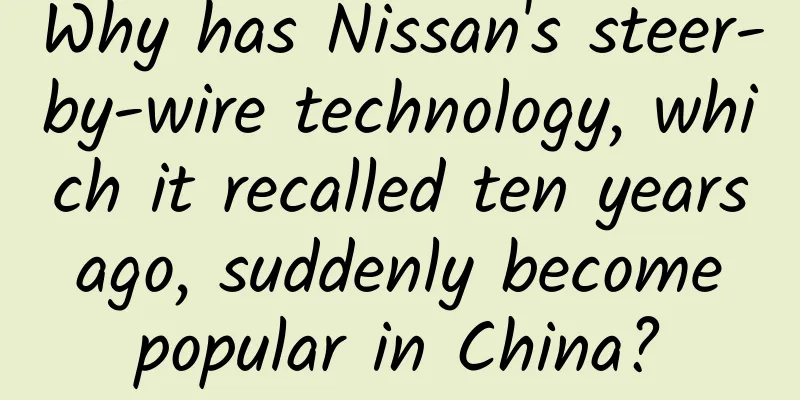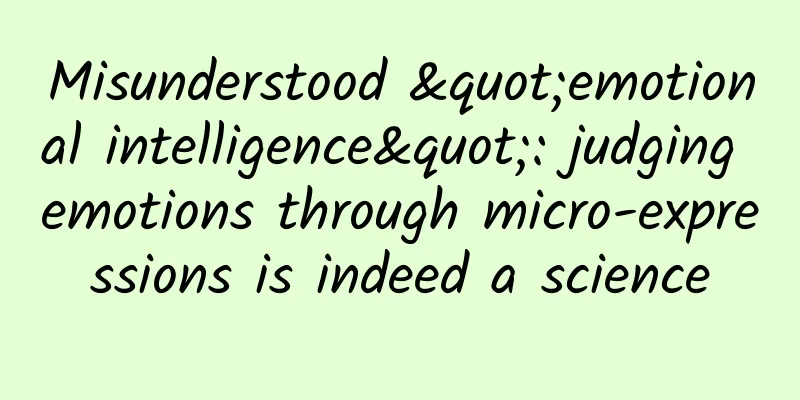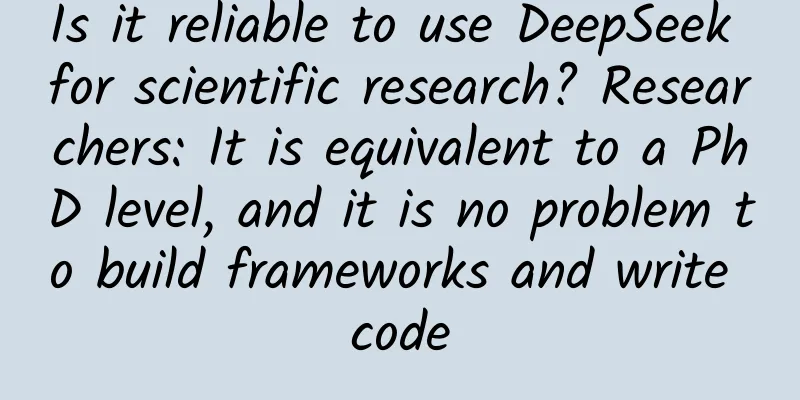Can a space city become a reality?

|
On September 12, 2022, a New Shepard rocket of Blue Origin failed shortly after launch. It is reported that just one minute after takeoff, the booster engine of the rocket suddenly caught fire unexpectedly, and the spacecraft (unmanned) immediately triggered the engine abort system, ejecting the cabin from the problematic rocket, and then the spacecraft landed safely under the traction of a parachute. This is the first major accident since Blue Origin opened its services to the public, and the Federal Aviation Administration immediately stopped the company's subsequent launch plans to determine whether any systems, processes or procedures related to the accident would affect public safety. On September 12, 2022, a New Shepard rocket of Blue Origin encountered an accident shortly after launch Undoubtedly, the failure of this rocket launch was a setback for Blue Origin, but the incident also made Jeff Bezos' vision of founding Blue Origin more widely known through media reports, that is, the "O'Neill Cylinder" space city should be the future destination of mankind. A "rotating city" in space Gerard O'Neill is a famous American physicist, a professor at Princeton University and a space enthusiast. O'Neill believes that people will eventually live in space. First, industrial production activities can be concentrated there, which can reduce pollution to the environment and avoid depleting the earth's resources; second, for the growing population on Earth, space can provide much-needed living space; finally, a new social system can be established in space, free from the constraints of the ground government, and finally realize the ancient utopian dream. Gerard O'Neill, the pioneer of the concept of space city While teaching physics at the university, O'Neill once assigned students the task of designing a space megastructure to prove that living and surviving in space is entirely possible. Next, O'Neill summarized the theories proposed by his students into the concept of a cylindrical space aggregate, and more details and the functions of this design were published in the magazine "Physics Today" in 1974. The space megastructure is also known as the "O'Neill Cylinder". In 1976, O'Neill formally proposed the "O'Neill Cylinder" concept in "High Frontier: Human Colonies in Space". He pointed out that the construction of such a space city was completely within the technological capabilities of humans at the time, and believed that the first lunar manufacturing base (due to the rich resources and lower gravity of the moon, that is, lower launch costs) could be built within a few years, and the first space city was expected to be built in the early 21st century. Concept image of the "O'Neill Cylinder" Specifically, the "O'Neill Cylinder" system consists of two cylinders that rotate in opposite directions on bearings to reduce the gyroscopic effect. Each cylinder is 30 kilometers long and 7.5 kilometers in diameter. It contains natural scenery such as mountains, lakes, forests, parks, and cities (these cylinders are so large that people believe that clouds and their own weather systems will form inside them), and can accommodate about 10 million people. The gas ratio inside the cylinder is similar to that of the earth, but the pressure is about half of the sea level pressure on the earth, which will not have a great impact on human breathing. The solar panels are arranged at one end of the cylinder to provide the energy required for operation. The axis of the system points to the sun to ensure that the receiving panel surface is always facing the sunlight. By changing the arrangement of the receiving panels and the gas ratio, the amount of solar energy received in the space city can be controlled to adjust the average temperature and simulate seasonal changes. The internal structure of the "O'Neill Cylinder" According to the concept, three aluminum mirrors will be arranged outside the cylinder, rotating with the cylinder, and three large windows will be opened on the cylinder along the axis. The sunlight reflected by the mirrors will penetrate into the cylinder through the window glass. Each window is exactly opposite to a living area in the cylinder, which means that the entire cylinder contains three living areas separated by three large transparent walls. By using a series of opening and closing devices installed on the windows, sunlight can be directly irradiated into the cylinder to simulate daytime, and a night-like atmosphere can also be created. This simulated "night" will also allow the heat generated by the many organisms in the cylinder to radiate out from the cylinder, preventing the "greenhouse effect" from turning the cylinder in a vacuum into a huge furnace. In order to better allow humans to live inside it, the cylinder will build a stable artificial gravity field inside by rotating. According to the size of the cylinder and the acceleration equation, it can be calculated that the cylinder needs to rotate about 28 times per hour to simulate a suitable gravity. The central axis of the cylinder is almost a zero-gravity environment, so industrial processing facilities and spaceports will be set up in this area, and some other entertainment facilities can also be built here to allow people to experience a zero-gravity environment. In order to save costs, the "O'Neill Cylinder" will not be built on Earth, but directly in space, and will be built with materials from celestial bodies such as meteorites. After it is built, in order to avoid being pulled by the gravity of the Earth or the Moon, it will be placed at the 5th Lagrange point in the lunar orbit. In addition, O'Neill also designed a smaller space city, the "Stanford Torus". The "Stanford Torus" is essentially a curved hollow pipe, with a volume of only 1/60 of the "O'Neill Cylinder". It simulates the gravity of the earth by rotating once a minute. At the same time, a large number of mirrors will be placed in appropriate places above the torus to reflect sunlight and block some cosmic rays. Since the "Stanford Torus" is not large and can accommodate up to 10,000 people, its main purpose is not immigration or residence. Its greater role is to serve as a frontier site for scientific research to meet human exploration needs in the deep space. The exterior of Stanford Circle Inside the Stanford Circle The collision of two space city concepts Although the "O'Neill Cylinder" has been gradually forgotten by the mainstream of the aerospace industry due to its economic impracticality and has been limited to the field of science fiction (such as "Mobile Suit Gundam"), it still has a huge impact on some people, including Bezos. According to him, he created "Blue Origin" not to let the world's elite enjoy a few minutes in space, nor to "burn money" aimlessly. At a related event on May 9, 2019, Bezos said that when looking up at the vast universe, people should not stick to "planetary chauvinism", that is, believing that human society will always live on planets. As we all know, Elon Musk, the founder of Space Exploration Technologies Corporation, has always been fond of colonizing Mars. Musk believes that Mars has water, carbon dioxide, sufficient light, gravity and rotation speed close to the Earth, and it is only a few months away from the Earth. Many conditions are suitable for human habitation. Starting with a closed dome, we can gradually achieve the full "Earthification" of Mars, making it basically the same as the Earth. But Bezos disagrees. He pointed out that Mars' gravity is only one-third of that of the Earth, and it lacks an atmosphere to prevent radiation and maintain the ecology. The environment is harsh, the cost of population migration is high, and the round-trip time is too long. With current technology, it is basically "gone forever". In comparison, the concept of a space city such as the "O'Neill Cylinder" is more realistic. Schematic diagram of a residential base built on the surface of Mars based on a closed dome |
<<: From ancient Greece, the "intoxicating journey" of beer begins...
>>: Practical tips: One trick to keep mosquitoes quiet! | Expo Daily
Recommend
What is a suitable gift for teachers on Teacher's Day?
Teachers' Day is coming soon. Every Teacher&#...
The secret of Baidu and Google's long-lasting success
Whether it is Google, Baidu or Yandex (the largest...
This fish can walk and climb trees. Where did it come from?
Today, the Qinghai-Tibet Plateau is the roof of t...
How to draw a white polar bear on a blank piece of paper?
Everyone may have been attracted by the beautiful...
5 messages to improve user retention
Most articles on how to guide users focus on what...
The expiration date of a drug is not equal to its expiration date! Collect this "preservation secret"
How long can the medicines at home be preserved o...
Chocolate Pictures: It is best to have a specific plan before building a website
We often encounter such clients. When making thei...
A list of clubs in Nanjing that require reservations. They are high-end and classy.
Arrangements for clubs in Nanjing that require re...
Short video operation methodology without real-life appearances!
At different times, the forms of popular accounts...
Farewell, Skoda
If a car brand with sentiment and history fails t...
Urgent reminder! Don’t eat this kind of fruit on the roadside!
Summer is here It's fruit season again Especi...
Durex was fined 810,000 yuan. How long will its “borderline” marketing continue to be popular?
If you walk by the river often, you will get your...
If your breasts sweat during exercise, maybe you are wearing the wrong sports bra? The answer is not what you think...
Compiled by: Gong Zixin A few days ago A friend t...
Is it expensive to invest in the Xiangxi Entertainment Mini Program? Xiangxi Entertainment Mini Program Investment Fees and Process
What is the investment cost of Xiangxi Entertainm...
There may be 32 hidden dangers. The Korean Ministry of Transportation forces Hyundai Kia to recall 240,000 vehicles
According to Reuters, on May 11 local time, Hyund...









